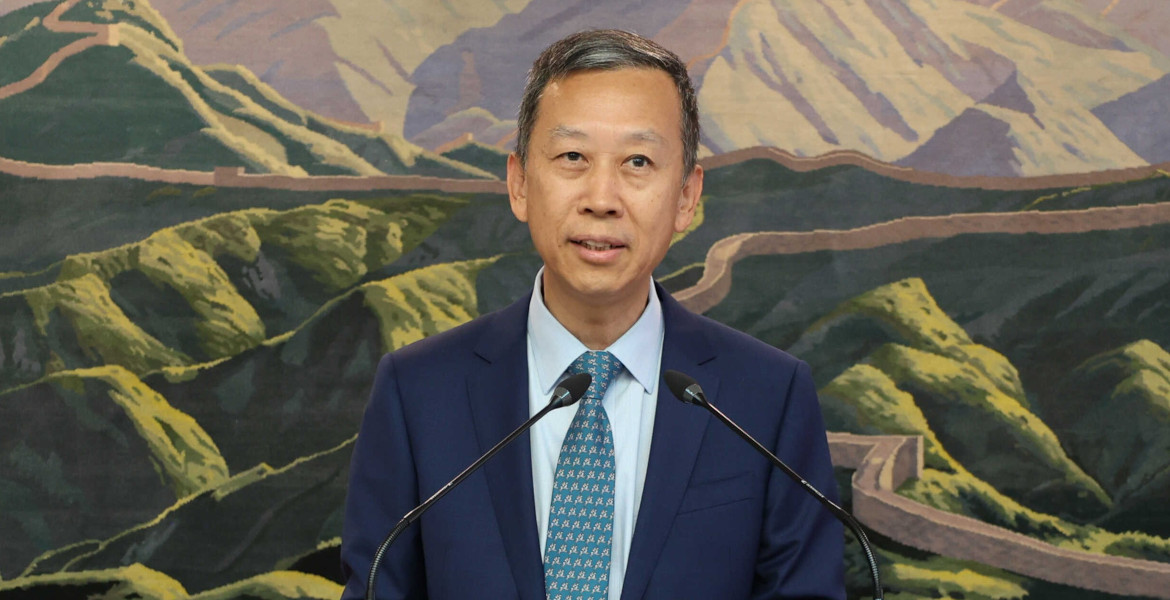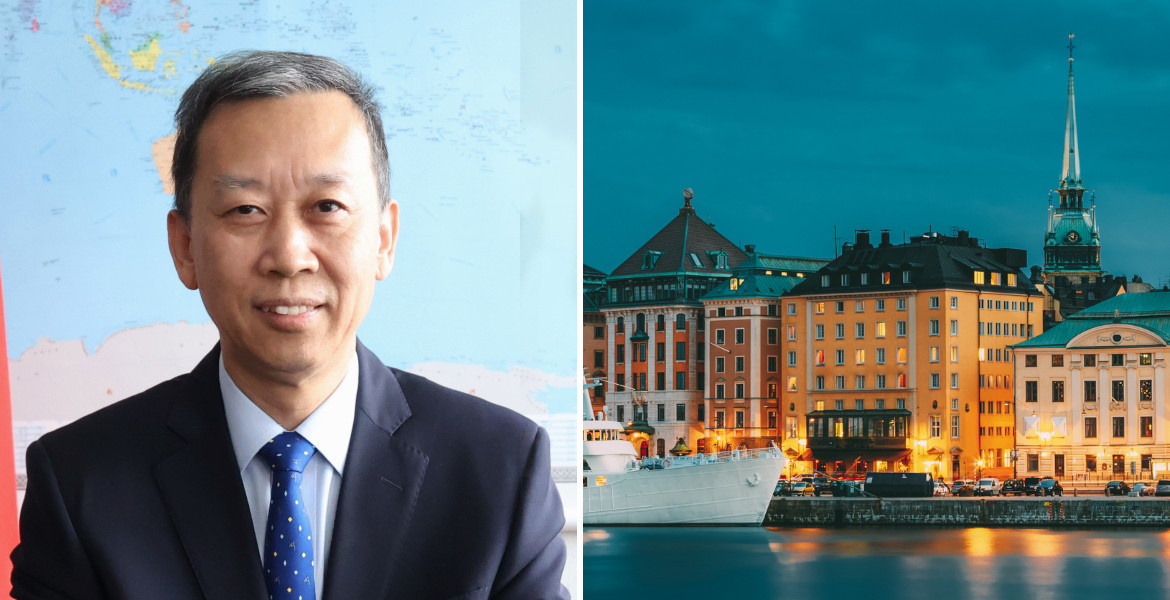Since independence in 1991, the Republic of Macedonia has been indoctrinated and bullied by the G7 to believe that there are no alternatives to EU and NATO integration and their form of dictatorship.
EU propaganda claims that Macedonian democracy is too fragile and incapable of being a sovereign nation that can manage its own affairs. They forget that Macedonia is one of the oldest states in Europe from the time of the Ancient Macedonian Kingdom to the struggles for independence in the 19th, 20th and 21st centuries.
EU narratives told us repeatedly that "Better social, economic and political outcomes can be achieved by being third class members of an undemocratic EU".
There was also no shortage of evidence of blackmail and bullying by new depots in the EU and the USA of Macedonia on a regular basis.
Former NATO Chief Javier Solana, (3 Aug. 2001): "If you don’t sign the Ohrid Framework Agreement such as it is you will never have a society for all citizens. You will wait for decades to join the EU".
Edward Joseph (12 Dec 2003): "If you don’t adopt the Local Government Law and don’t allow for wider rights to the Albanians, it is possible that you will be stuck in the EU waiting room for years and decades".
Nicolas Sarkozi (6 March 2008): "I consider the geographic reference in front of your name and the amendments to your Constitution are a small price to pay for membership of the Euro-Atlantic structure. Contrary, you may be faced with waiting for such an opportunity for decades".
Johannes Hans (14 Oct. 2018): "Unless you change your name now, Macedonia will wait for decades to enter the EU".
German leaders Merkel and EU Commission Ursula Von der Leyen and Chancellor Scholtz are notorious for excessive bullying and manipulation of Macedonia.
From the 1990s the G7 enhanced its geo-political and geo-economic power and influence at the expense of liberal democracies in Europe including Macedonia. The NATO driven wars in Yugoslavia, around the Mediterranean and the Middle East exposed Macedonia with many crisis and challenges. These include how to deal with KLA terrorists in Kosovo and Macedonia who the G7 still uses as bullies and proxy war mongers in 2024. How to deal with large waves of refugees from Kosovo in the 1990s and the Syrian War more recently.
In 2001 the G7 imposed the disastrous Ohrid Framework which gave the Taliban style Albanian political parties a disproportionate share of power in Macedonian democracy. Albanian terrorists like Talat Xhaferi and his CIA puppet boss were not only pardoned but were made Ministers of Defence, Speakers of the Parliament and other portfolios. The G7 granted them illegal mandate to act as power brokers in the creation of Macedonian governments and policies.
The dysfunctional and discredited Hellenic Republic abused its membership of the EU and NATO to block Macedonia’s integration unless its racist and denialists demands were met.
Macedonia had to respond to the toxic and ever changing goalposts and double standards imposed by the undemocratic elites in the EU on its path to Euro integration. Macedonia had to constantly defend and sadly adjust its Constitution, flag, democracy and human rights to appease the new despots in the EU.
Since 1991, the G7 have undermined the major tenets of the UN Charter, the EU Charter of Human Rights and international law. So much for a Rules Based Order where the rules are designed by the powerful G7 oligarchs, new despots and corporate cartels at the expense of the rest of humanity and the planet.
In 2018 the new despots in the G7 imposed the Prespa Agreement on the Republic of Macedonia without the consent of the Macedonia people or its President who is the only one authorised to sign international agreements. Similarly, President Macron imposed a Friendship Agreement with Bulgaria on top of the Prespa Agreement in order to appease the ultra-nationalists and neo-fascists in EU Parliaments at the expense of the Republic of Macedonia.
The Macedonian people in the Republic of Macedonia and in the diaspora will never give up on reclaiming the lost rights in the inhumane process of Euro-Atlantic integration.
Macedonia should develop a new strategy to become an independent state away from the despots in the USA and the EU or anywhere else. Macedonia must reject any alliances which undermine its independence, freedom, democracy and human rights.
Option one is to look to the Swiss model of independence and governance. Option two is to follow the Singapore model. Option three is to join BRICS+
The Presidential and Parliamentary elections in Macedonia allow the country and its depressed people a chance to establish a new pathway for freedom and democracy.
It is regrettable that so many other democracy and freedom loving countries in Europe and Australia blindly accepted the neo colonialism, neo imperialism and new despotism of the World Economic Forum with its reckless re-set agenda without debate or critical analysis. Such is the power of propaganda. The protests by farmers and others against genocide in Palestine, the NATO expansion proxy war in Ukraine and the new world disorder is a positive sign of political mobilisation of European citizens and countries.
Ordan Andreevski





